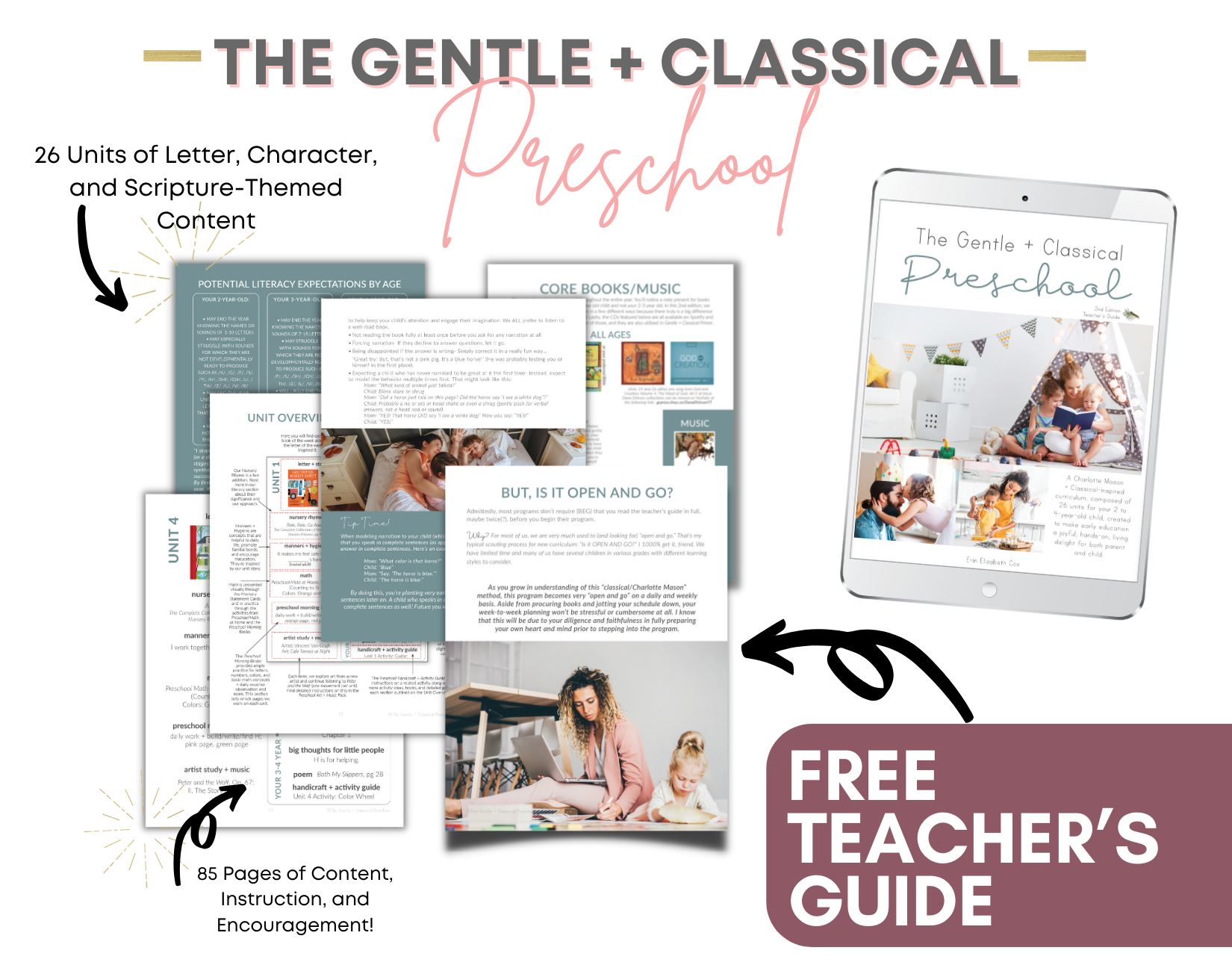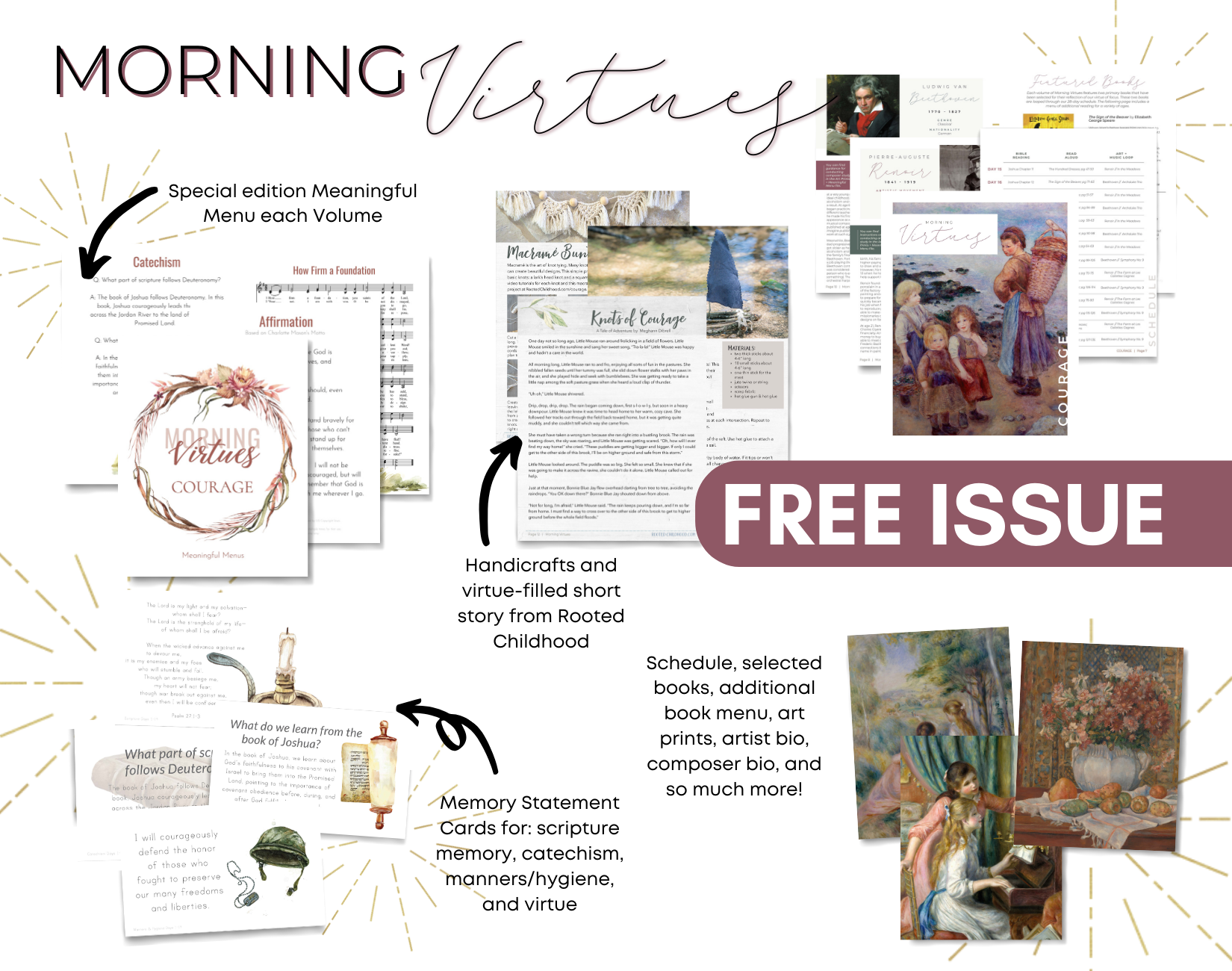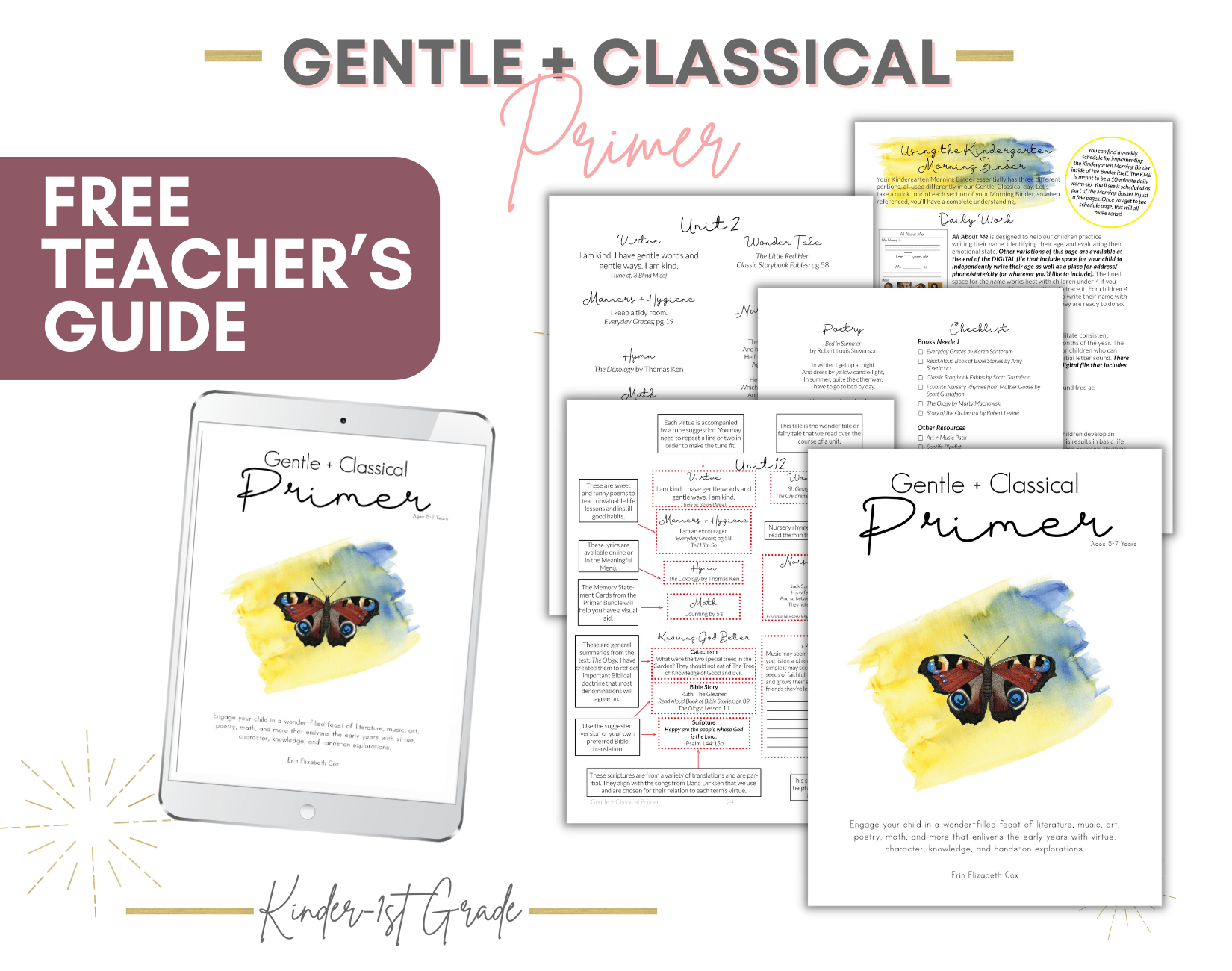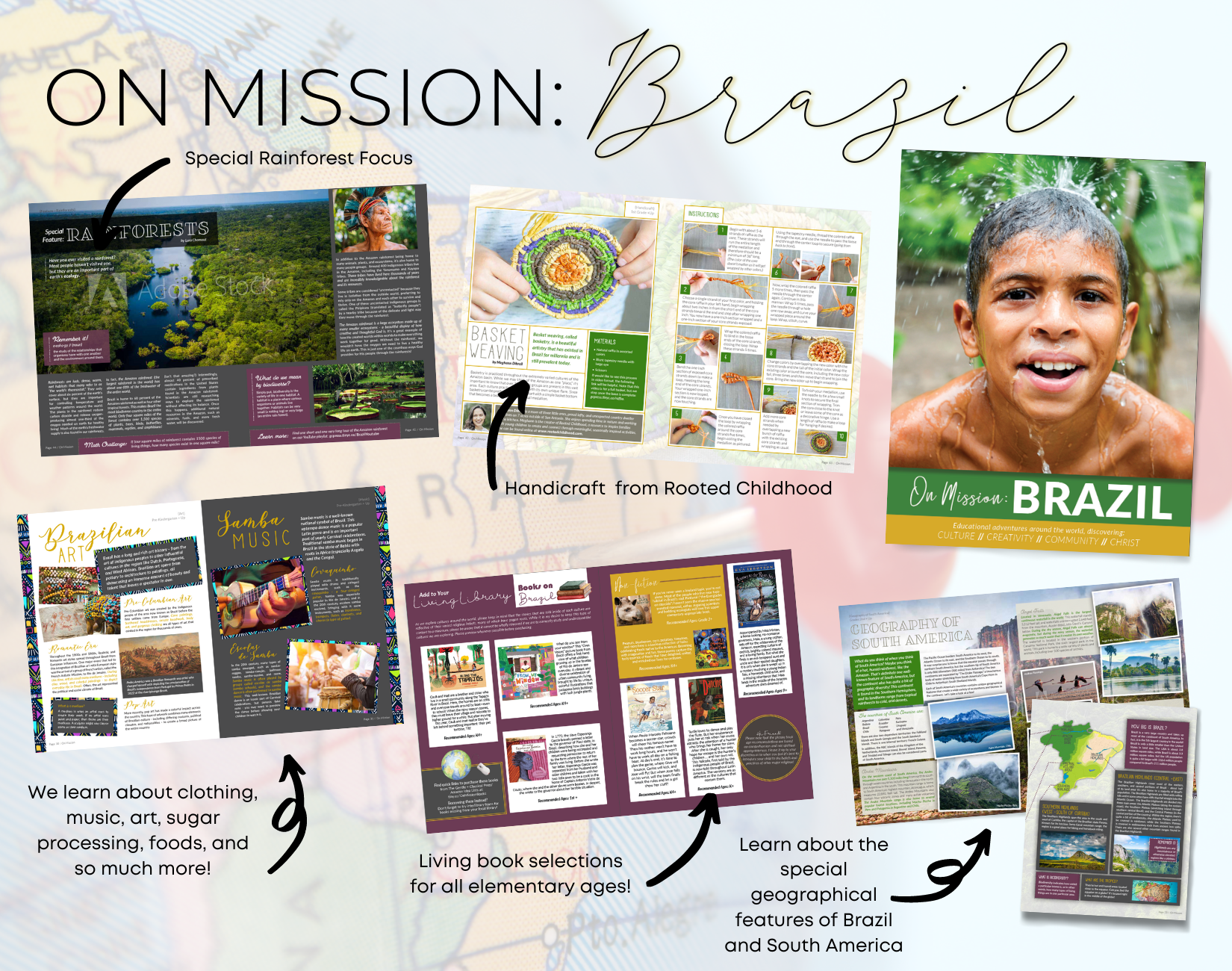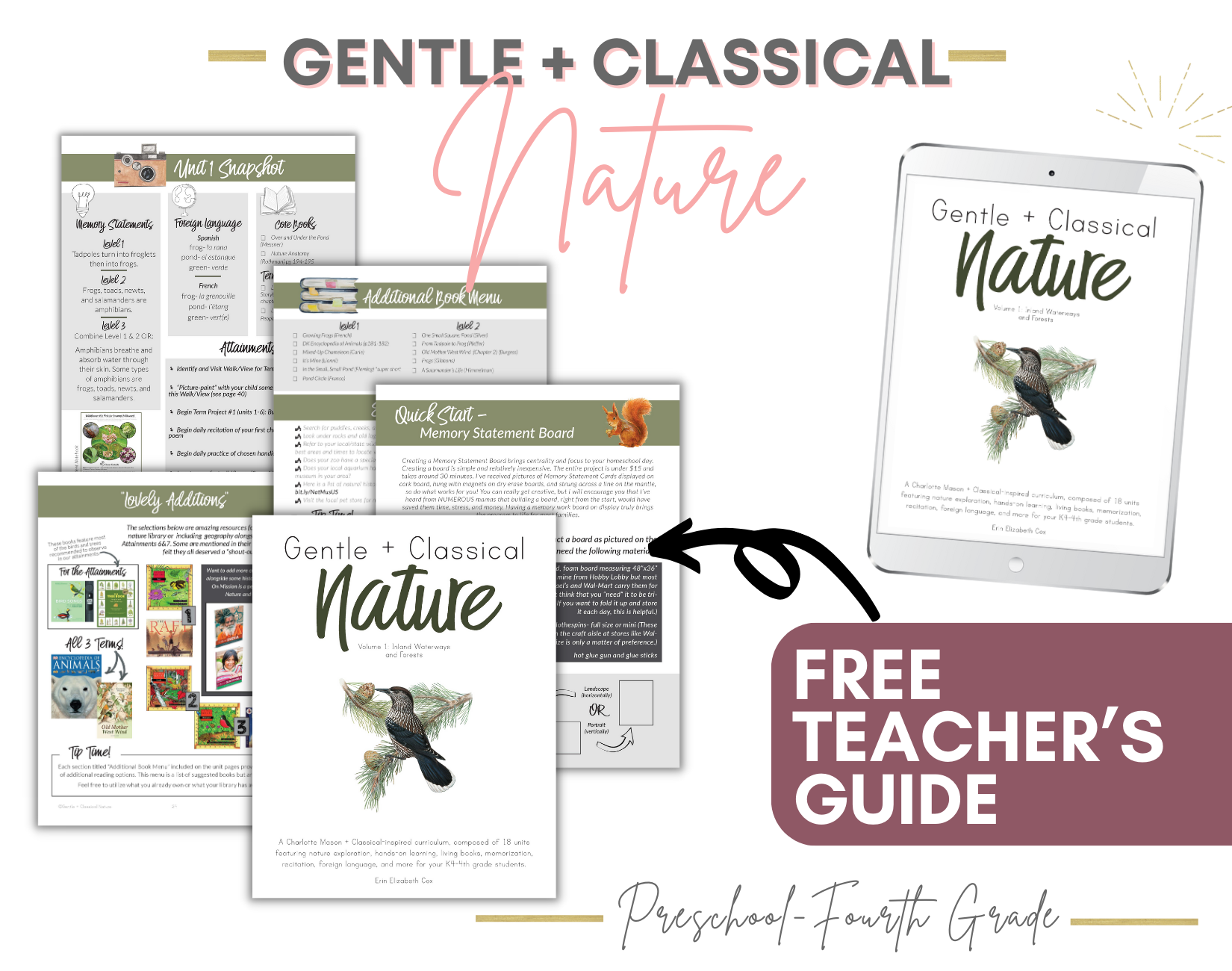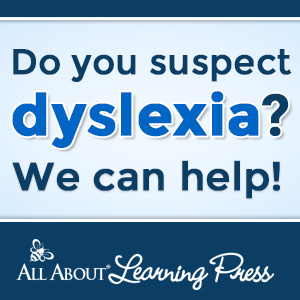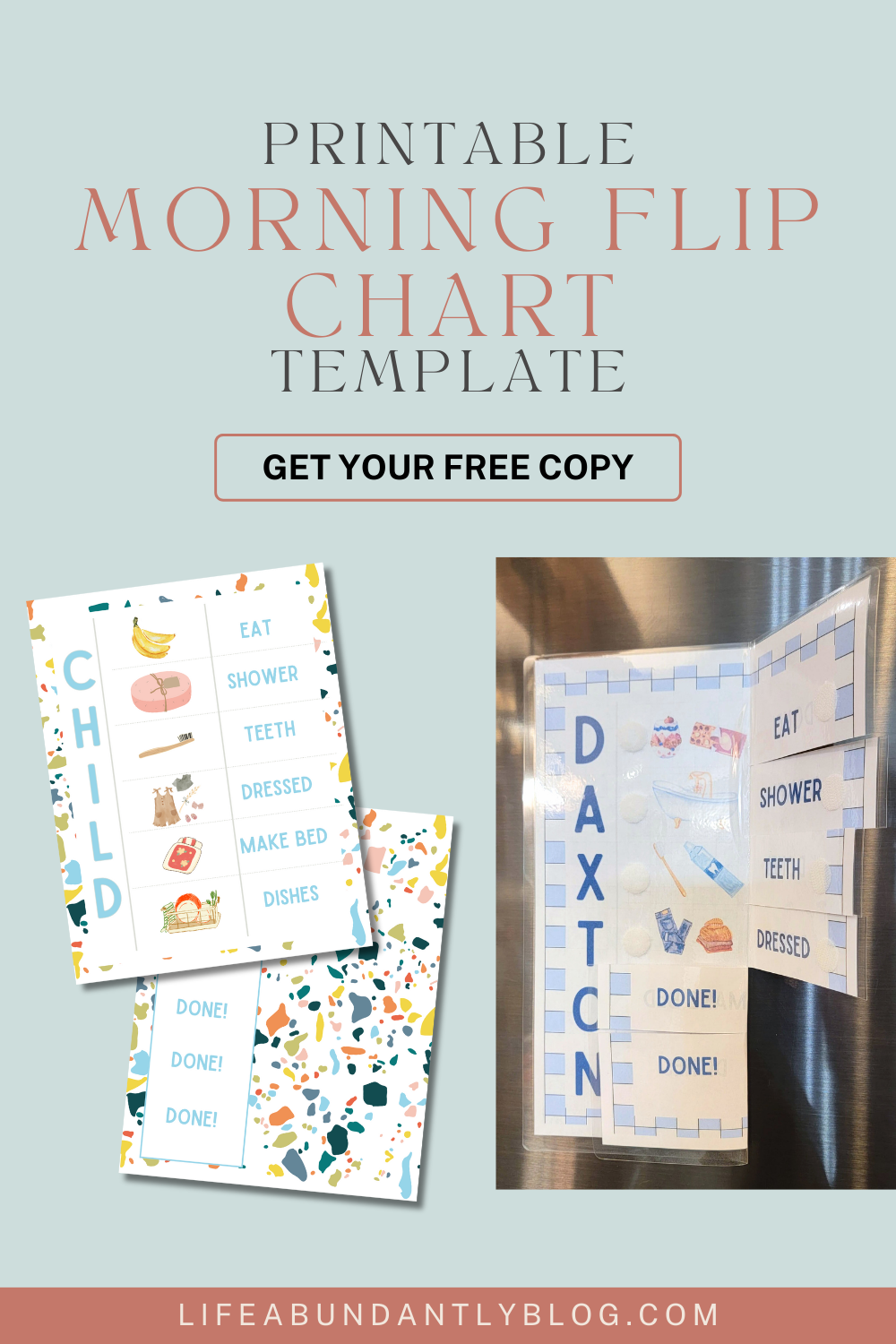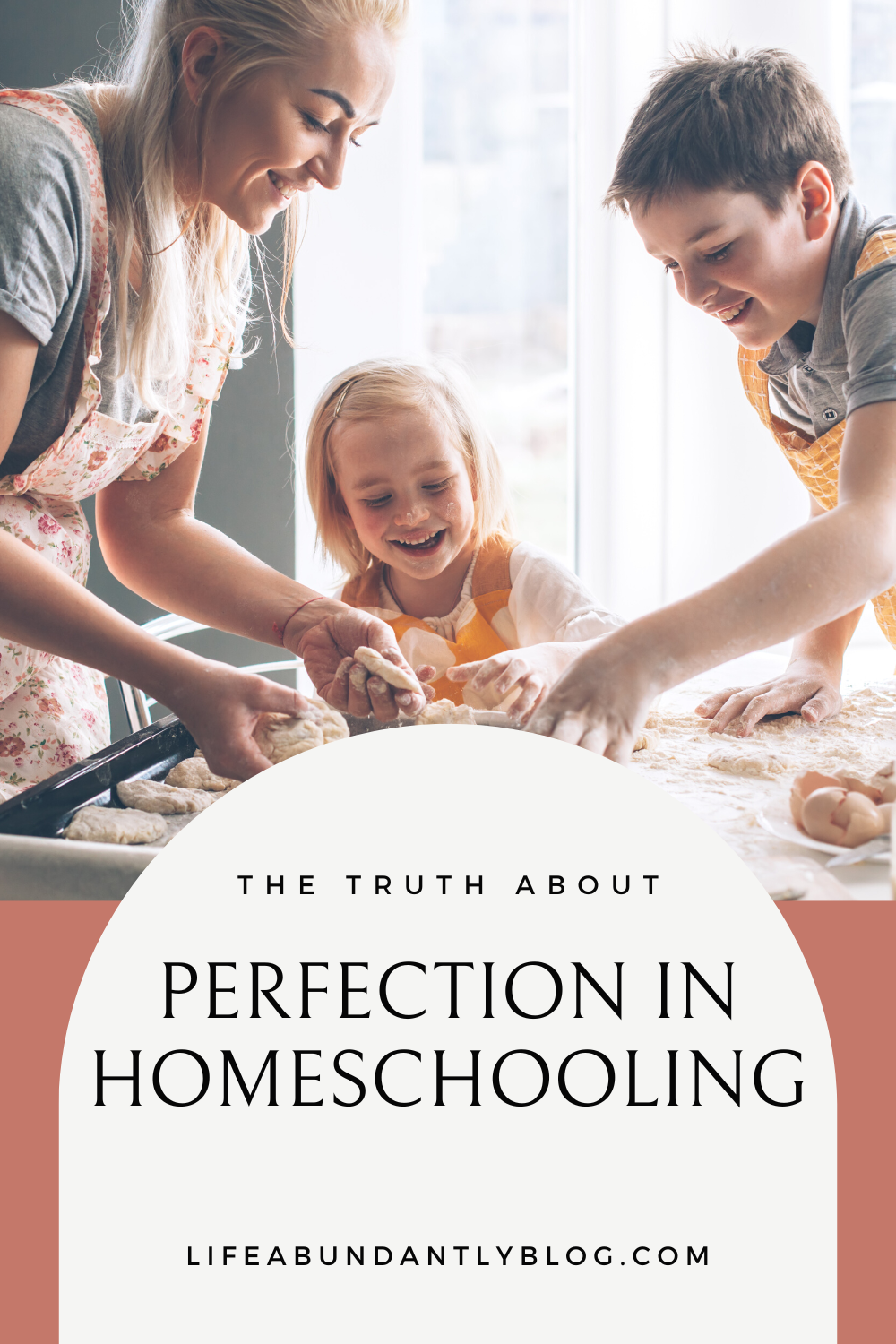I am Using a Living Books Science Curriculum with my Dyslexic Daughter
/I am so excited to get to share about the Beautiful Feet Books' HISTORY OF SCIENCE program! If you're like me, you never really entertained the notion of a science program from the perspective of history. When I first ran across it, I thought that it might not be very hands-on (meaning all books, no experiments) or that it wouldn't be "thorough enough" since it's not specific to one area of science--like biology, chemistry, botany.
Oh my, how I was wrong! I received this curriculum to use with my 6th grader for my honest review. She is a very hands-on kinesthetic learner, who- despite being dyslexic- learns best through real, living stories. When she is involved in a story line, she will remember every single detail of that person's life. Living books are hands-down the best way to get lasting knowledge and true education into her heart and mind forever. You do NOT have to avoid living books for a dyslexic student!
My fear of her slow reading pace and somewhat diminished comprehension when she reads more sophisticated language made me reticent to lunge her into the "full feast", but this podcast by A Delectable Education and conviction of the Spirit charged me to not diminish her opportunity to receive a full, stable foundation of God-given knowledge.
So I stepped out of my comfort zone in this one, big time, and has it paid off! We absolutely love The History of Science. The chosen literature is fantastic, and the experiments are simple and convenient yet rewarding.
I feel like this program is a perfect fit in relation to Charlotte Mason's perspective on sciences being integrated (in creation) vs being pulled separately into hyper-focused studies. This was a general point she made about math as well--that we not remove a subject from our reality or take it apart into a microscopic level before looking at the whole picture first. This program does an excellent job exploring the RELATIONS between the sciences and Creation in general.
I love this series by Richele Barburina on CharlotteMasonPoetry.com about sciences in the PNEU, as well as this quote in particular from Charlotte Mason quoting Sir Richard Gregory:
The essential mission of school science was to prepare pupils for civilised citizenship by revealing to them something of the beauty and the power of the world in which they lived, as well as introducing them to the methods by which the boundaries of natural knowledge had been extended. School science, therefore, was not intended to prepare for vocations, but to equip pupils for life. (Gregory, R., as cited by Mason, 1989f, p. 221)
Here are my main takeaways from this curriculum:
Pace: Since my daughter does have dyslexia and life is just busy in general, we are approaching this program at a slower pace. Essentially, we will be able to utilize it for 1.5 to 2 years rather than one. I feel totally comfortable with this as does she.
Content: All of the books she has read so far have been challenging but not beyond fruitful frustration. We really like the simple spine utilized--The Way Science Works. It takes each topic, hits the highlights while reiterating what she’s read in her literature, and gives very simple experiments to demonstrate each concept. She has enjoyed Archimedes and the Door to Science most.
Experiments: There are many, many opportunities to choose from. More rigorous science teacher-moms may choose to do them all. We choose based on interest and materials, but complete 2-3 per week. As a very hands-on 12 year old girl, she actually completes them herself for the most part. She then completes a lab report detailing the materials, her hypothesis, the process and outcome. I think this is a great way to walk through the scientific method (which this terrible science-Mom has not covered as well as she should).
Final Thoughts (with one “con”): So far, just a couple of months into our semester, we are giving this program an A. My one "con" to all the Beautiful Feet programs we've used thus far is that they're intended to have a lot of parental involvement.
The teacher’s guide is written assuming that the parents are reading along with and have the knowledge to discuss the content with the student. The program does supply questions, but without having read the books also, I can’t know if her answer is accurate. As a busy Mama of 4, I need to be supplied with a summary in advance, with key concepts, to be prepared to ask those questions and know what a reasonable answer would be. While I'm OK with that with science in the 6th grade since we use oral narration to gauge comprehension (and she's very detailed in her narrations), it is the reason we have moved from Beautiful Feet's Ancient History for my 9th grader to Tapestry of Grace.
Despite preferring more material to utilize as teacher, while managing multiple students in very different stages, we do wholeheartedly love this program and would highly recommend it to others. We are also utilizing (and absolutely adoring!) Beautiful Feet Books' Geography program for both girls, so keep an eye out for that review soon. I'll also do a second review of this science program at the end of the year to give an overall summary of how we've (slowly) progressed and my final thoughts after long-term use.
NOTE: To read a little more about how we were able to get my daughter reading on grade level, head here.

